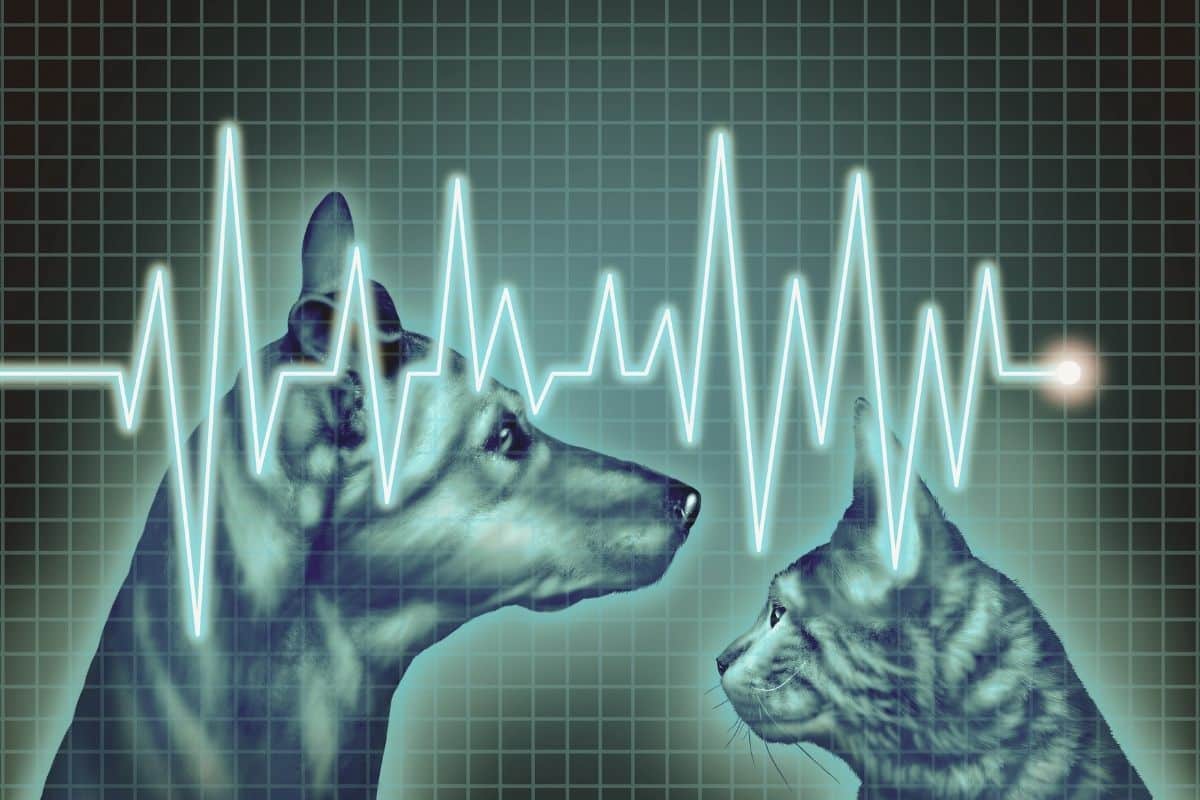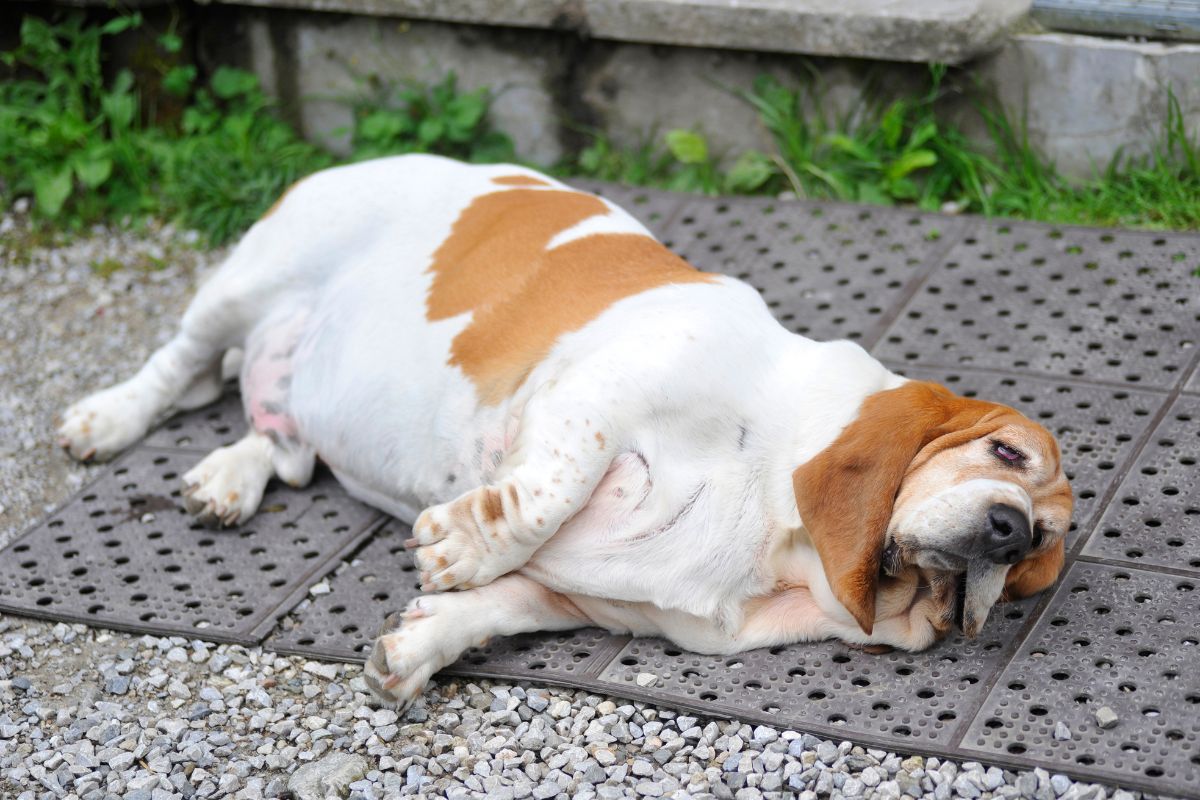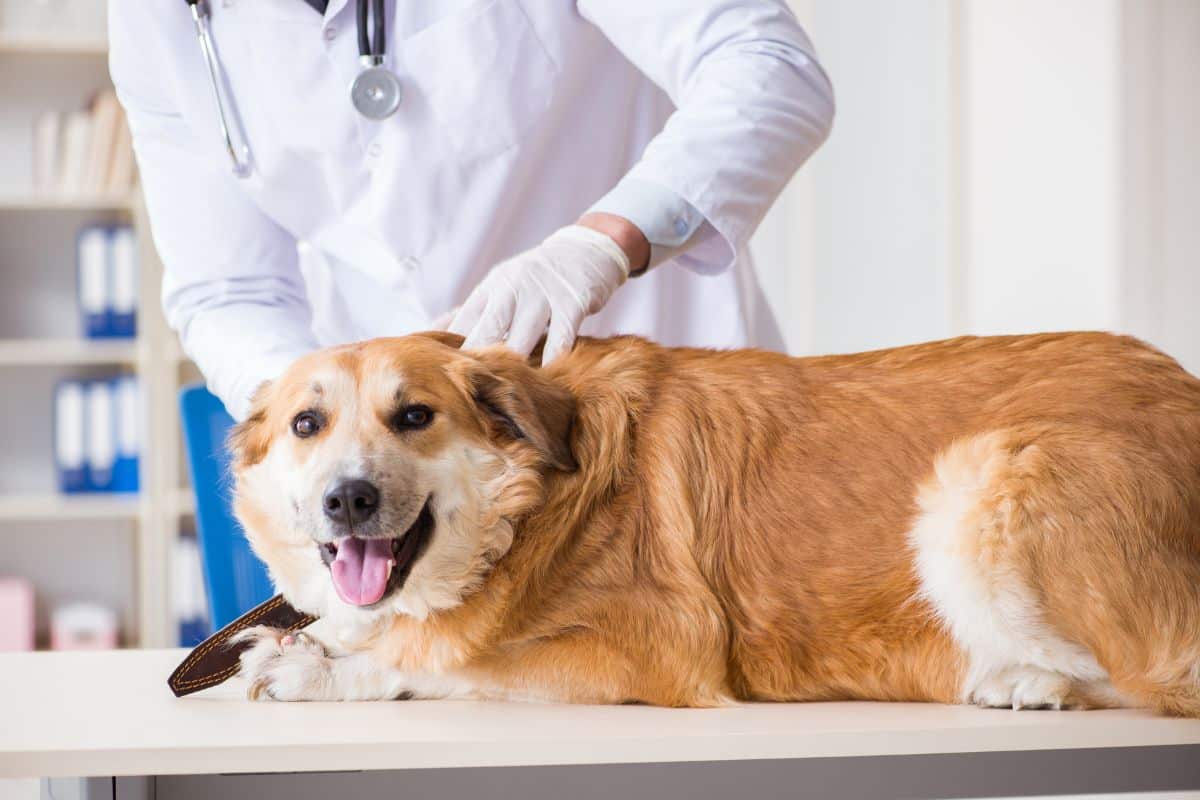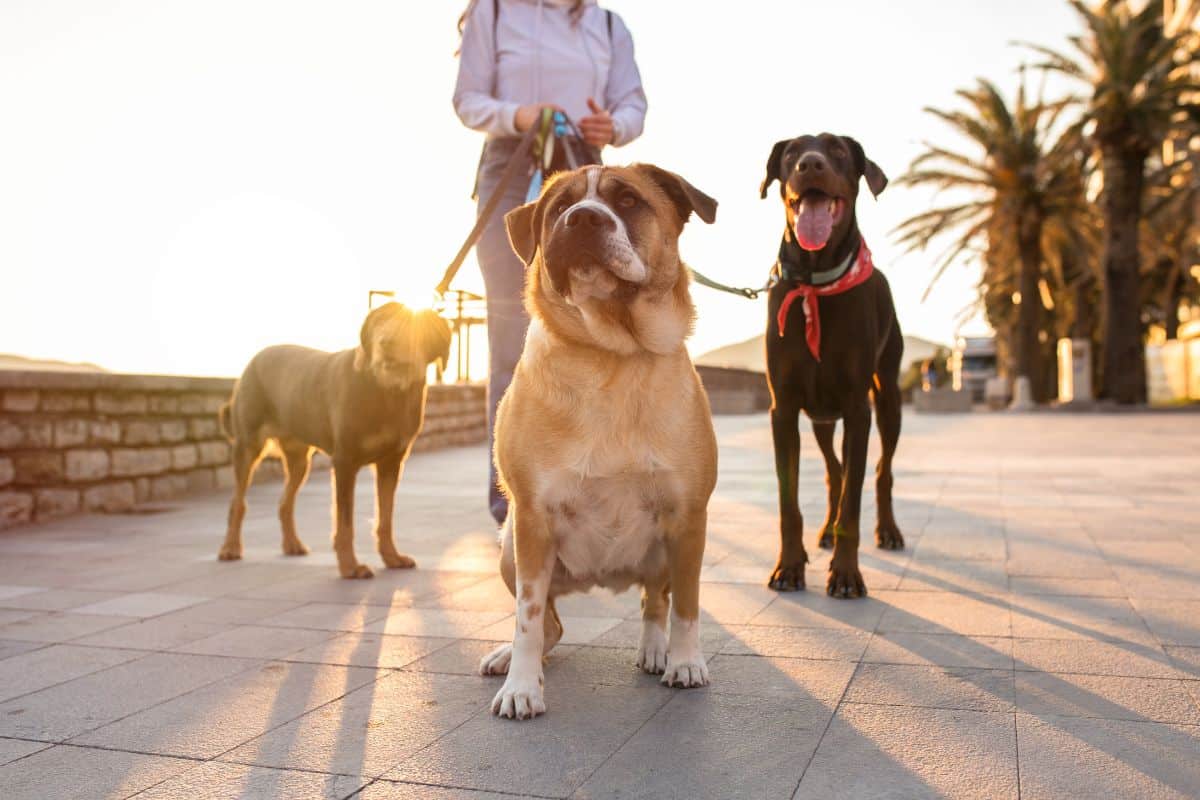Pets are a vital part of our lives, and we love seeing them happy and healthy. Unfortunately, pet obesity has become a major problem in recent years, with many pets struggling to maintain a healthy weight. If your pet is overweight, it may be more susceptible to various health problems. This may include issues such as cardiovascular disease, diabetes, and even cancer. All of these conditions can severely impact the lifespan of our beloved furry friends. But there is good news – with the strategies, obesity can be tackled, and your pet’s health can be put back on track. In this blog, we’ll discuss health risks related to pet obesity, how to identify if your pet has gained too much weight, and some top tips for fighting pet obesity and improving your pet’s overall well-being.
Potential Health Problems Related to Pet Obesity
Pet obesity can result in a variety of severe health issues for animals. Some common health issues associated with pet obesity include:
- Diabetes: Obese pets are far more likely to develop diabetes mellitus, which can cause complications that include blindness, nerve damage, and seizures.
- Cardiovascular disease: Overweight and obese pets have a higher risk of developing heart disease or heart failure because the heart has to work harder to pump blood through the body.
- Respiratory problems: Obesity can cause breathing difficulties, especially in pets with short snouts, such as pugs and bulldogs.
- Joint pain: The extra weight can put stress on the animal’s joints, leading to arthritis and painful mobility problems.
- Cancer: Obese pets have an increased likelihood of developing certain types of cancer, including bladder and liver cancer.
- Digestive problems: Obese pets are more prone to gastrointestinal issues like constipation, vomiting, and diarrhea.
With regular exercise and a healthy diet, pet owners can help prevent these issues and improve the overall health of their beloved pets.

How to Identify if Your Pet Has Gained Too Much Weight
It is vital for pet owners to understand and recognize the physical signs of their pet’s weight gain. Here are some easy ways to identify if your pet is gaining too much weight:
- Look at your pet’s body shape: An overweight pet will lack definition in its waistline, and you may not be able to feel its ribs as easily.
- Weigh your pet regularly: Take your pet to the vet for a regular check-up, and keep track of their weight in a journal or spreadsheet.
- Observe your pet’s mobility: If your pet is struggling to walk, run or jump like they used to, it’s a clear indication of their physical health decline.
- Check their skin and coat: An overweight pet’s skin may be flaky, and its coat may become dull and lifeless.
- Monitor their eating habits: If your pet consistently eats more than it used to or is always looking for food, it may indicate excessive weight gain.
- Consult with your veterinarian: Your vet will be able to determine if your pet is at a healthy weight and identify any further issues related to their diet and lifestyle.
By noticing any of these key indicators, taking steps to improve your pet’s diet and increase their physical activity can help them stay happy and healthy for years to come.

7 Strategies to Prevent Pet Weight Gain
Many pet owners have to deal with the problem of pet weight gain at some point. Uncontrolled weight gain can lead to health issues, such as diabetes, joint problems, and heart disease. Here are seven strategies to help prevent pet weight gain.
1. Choose the Right Food
One of the most important factors in pet weight management is their diet. Choosing the right food can help prevent weight gain. Look for food that is high in protein and low in carbohydrates. Avoid foods with excessive calories, sugar, and fat.
2. Measure the Portions
A recommended portion size on the food packaging is not always the right amount for your pet. Talk to your veterinarian to determine the best portion size for your furry friend. Use measuring cups to ensure the correct amount is served.
3. Schedule Exercise Time
Just like humans, pets need some exercise to stay healthy. So schedule daily exercise time for your pet to help burn excess calories. Consider taking your dog for a walk, playing fetch, or letting them run around in the park. Cats can also benefit from playing with toys and climbing on cat trees.
4. Reduce Treat Intake
It’s tempting to give your pet treats all the time, but too many treats can lead to weight gain. Reduce treat intake and choose low-calorie options. Consider using healthy snacks such as carrot sticks, green beans, or apple slices. Consult with your veterinarian to determine if your pet’s favorite treats are appropriate for its diet.
5. Avoid Table Scraps
Feeding your pet table scraps can contribute to weight gain. Avoid giving your pet table scraps, and encourage family members and guests to do the same.
6. Regular Check-Ups with a Vet
Schedule regular check-ups with your vet. This can help detect pet weight issues. Along with getting weight measurements, the veterinarian can answer questions you might have about the appropriate food and exercise regimen for your pet.
7. Be Consistent
Be consistent in your pet’s diet and exercise program. Stay committed to weigh-ins and exercise schedules. Consistency is essential for maintaining a healthy weight in your pet.

Physical Activities to Combat Pet Obesity
There are many fun and simple activities that can help increase your pet’s physical activity levels. Here are some ideas:
- Go for walks: Regular walks can be an excellent way to help your pet get exercise and explore new environments.
- Enroll your pet in a dog or cat exercise class: Many pet stores and animal shelters offer exercise classes, outdoor workouts, or agility training to help pets stay active and engaged.
- Play fetch: Dogs love to play fetch, and it’s an excellent way to provide them with the aerobic exercise they need.
- Invest in toys: Many pets love toys, and providing them with interactive toys, such as puzzle toys or cat wands, can help keep them active and engaged.
- Play games: Games such as tug-of-war or hide-and-seek are a fun way to keep your pet active and healthy.
- Consider swimming: Swimming is a low-impact exercise that can be easy on joints and good for overall health.
Remember to be patient with your pet as you work to increase their physical activity. Gradually build up your pet’s endurance, and keep in mind any physical limitations. By providing your pet with plenty of opportunities to be active, you can help keep them happy and healthy in the long run.

Healthy Pets Are Happy Pets!
Pet obesity is a serious issue that affects millions of pets around the world. By providing your pet with a healthy diet and plenty of exercise, you can help them maintain a healthy weight and live a long, happy life. It’s important to remember that pet obesity is preventable, and there are many resources available to help pet owners keep their pets healthy and active. So, let’s take action and make sure that our furry friends are happy, healthy, and living their best lives! Latchkey Pets provides daytime dog walking services to help keep your pet active and healthy! Contact us to schedule a consultation.
